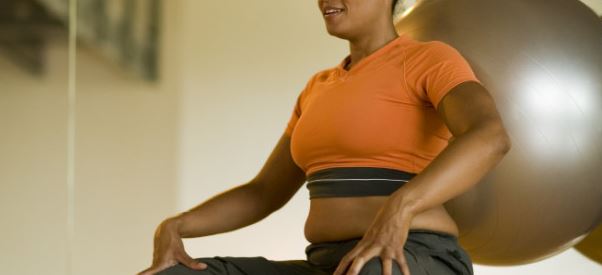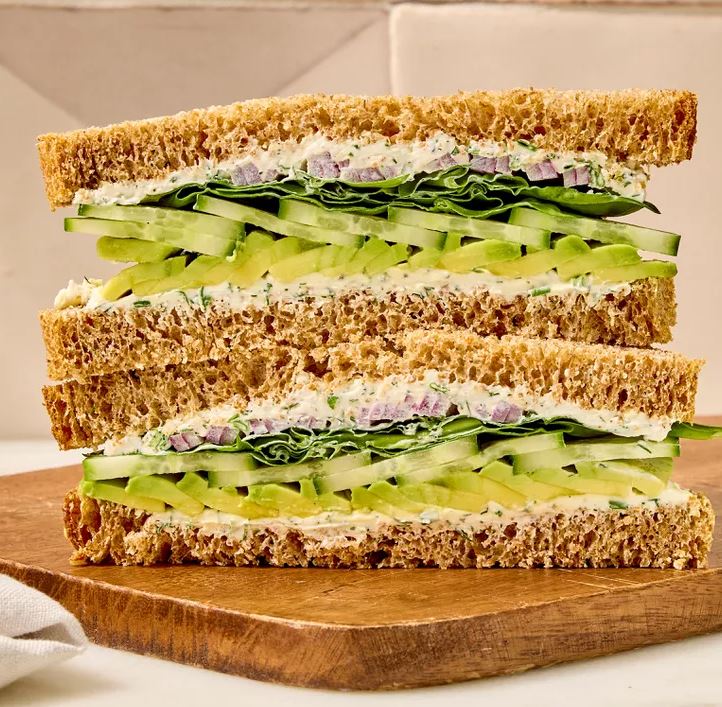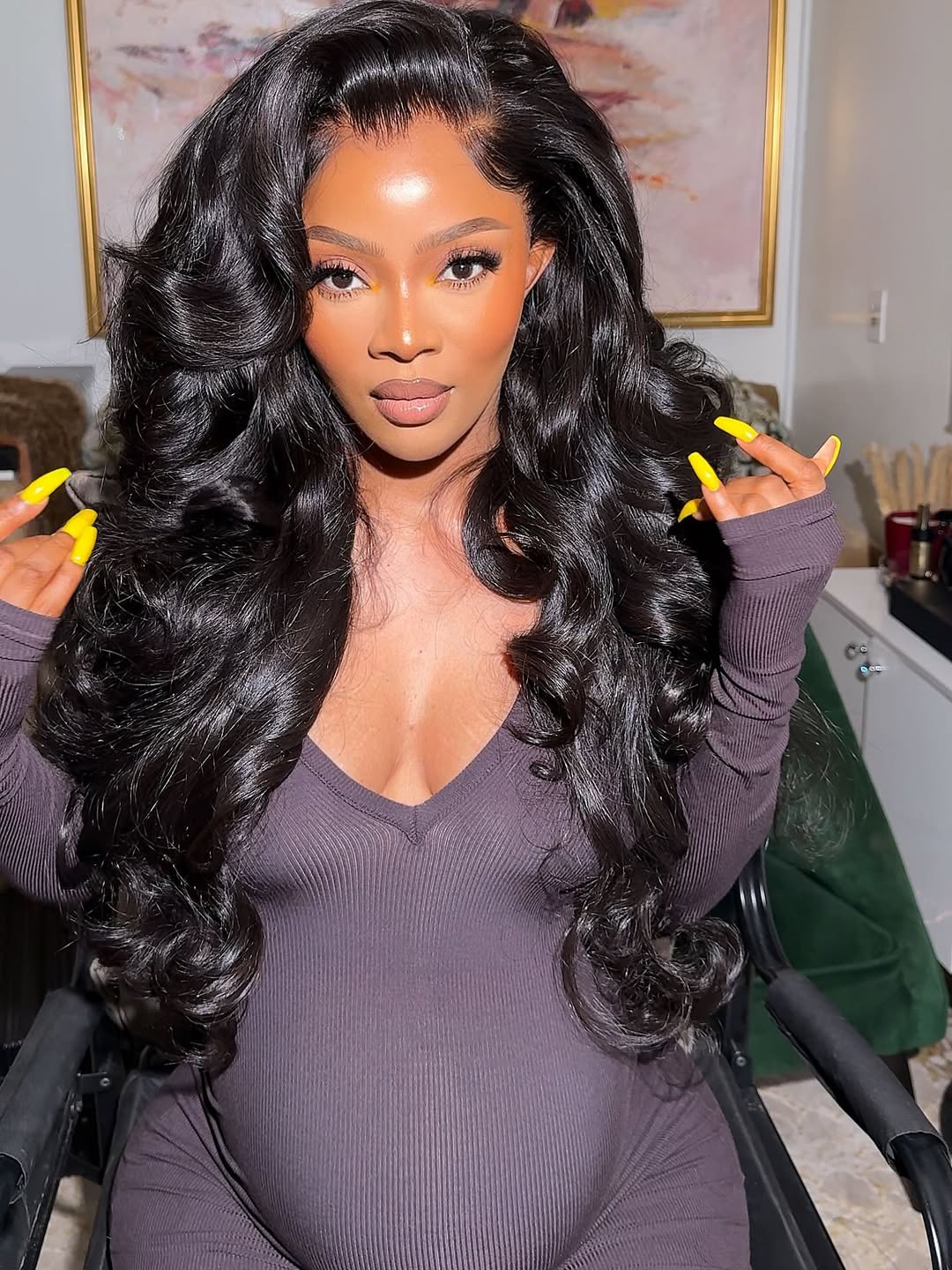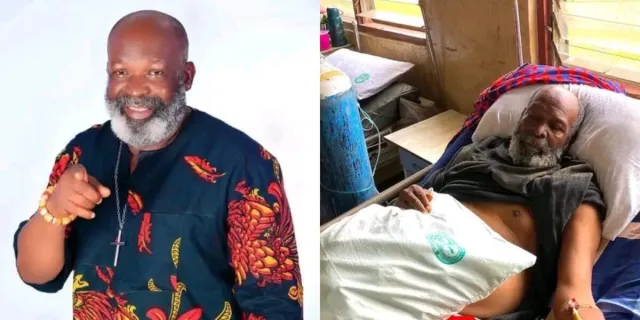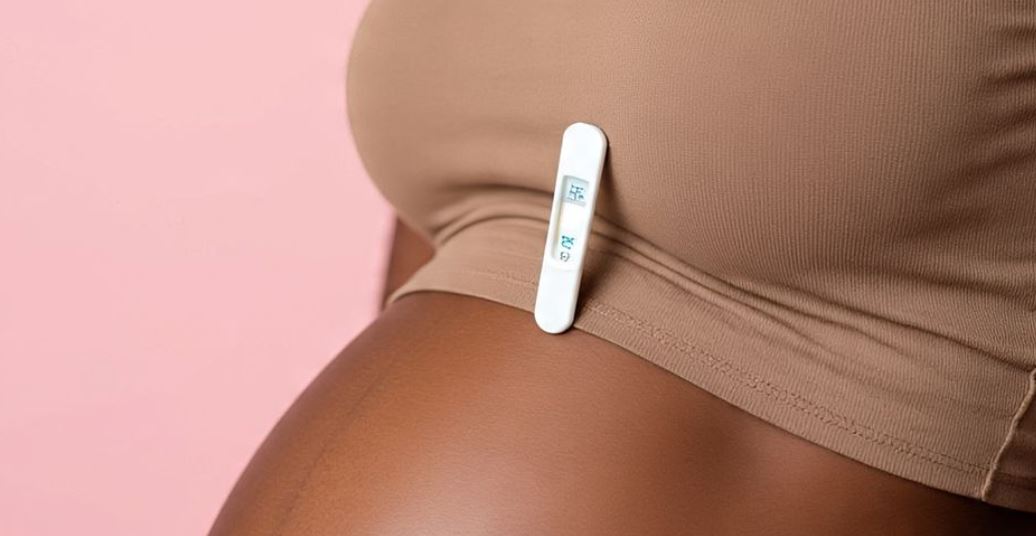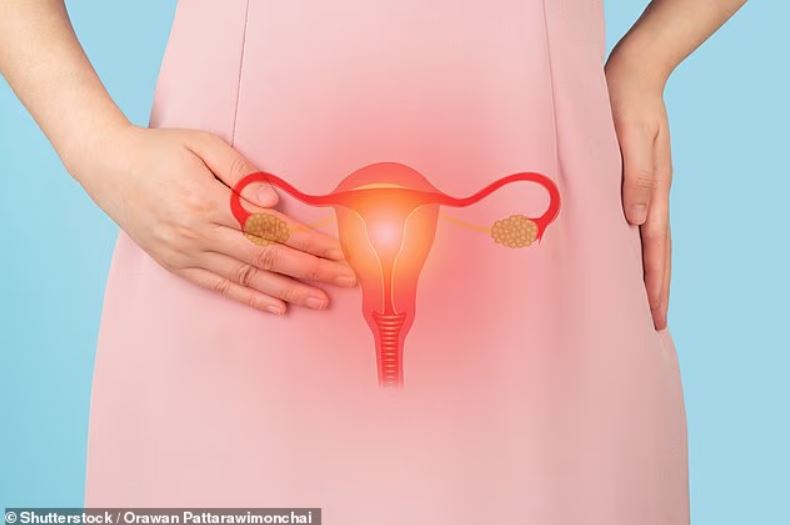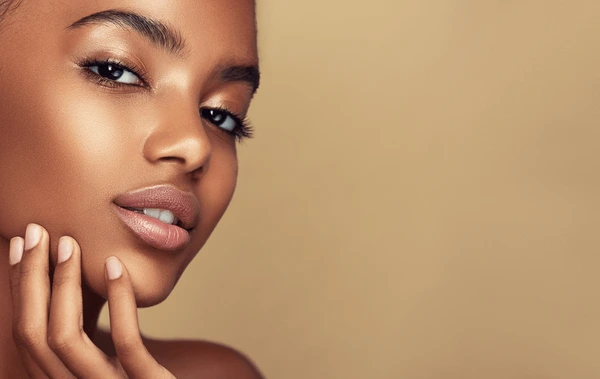Crucial signs of breast cancer every woman should look out for
What are the early signs of breast cancer?
Although most people are aware that a lump can be a symptom of breast cancer, not everyone is aware of the other signs: for example, polling shows that 96 per cent of women know a lump can be a symptom, but only 39 per cent recognise that a rash or redness can be a symptom.
Here is what to look out for:
- Lumps or swelling – not just in the breasts, but also underneath the arms and all the way up to the collarbone
- Changes to the skin, such as puckering or dimpling
- A change in colour, such as redness or inflammation
- Changes to the nipple, such as inversion (pulling inwards), or any rashes or unusual discharge
- Changes to the size and shape of the breast
What steps can I take to prevent breast cancer?
Straightforward lifestyle changes such as reducing alcohol intake, taking enough exercise (at least 150 minutes of moderate, or 75 minutes of vigorous, physical activity weekly) and eating healthily by avoiding highly processed foods and increasing your fibre intake are the obvious ways to reduce risk, says the prevention charity Breast Cancer UK. Evidence shows that you can reduce your risk of breast cancer with just 20 minutes of physical activity per day.
When it comes to alcohol, the reason increased consumption contributes to breast cancer risk is not well understood. Breast Cancer Now says: “It might change the levels of hormones in the body, including oestrogen… There may be other ways that alcohol increases the risk of breast cancer, but these are not yet clear.”
What is clear, however, is that limiting your intake reduces your risk: the World Health Organisation warns that the risk of breast cancer increases with each unit of alcohol consumed per day.
How to check your chest “The most important thing is to be aware of what your breasts look and feel like normally, and check them on a regular basis,” says Goford. “We don’t say you have to do it a certain time every week or anything like that. Make it part of your routine, whether you’re in the shower, or lying in bed, whichever is most comfortable for you.”
She suggests using the principles of TLC: touch, look (in the mirror), check. “Examine all the breast tissue right up into your armpits and to your collarbone; if you notice anything that’s different for you, go to your GP and ask them to check it out.”
For a step-by-step guide, visit the CoppaFeel! website and use its online “Self Checkout” tool. The charity also offers a free monthly text reminder service.
Who is entitled to breast cancer screening?
Women aged 50-70 will automatically be invited for a breast screening every three years if they are registered with a GP. “After the age of 70, you are still entitled to mammograms, but you need to phone up and make those appointments yourself,” adds Goford.
If you are younger than 50 but have a moderate or high risk of breast cancer based on your family history, you may be offered mammograms from age 40, or a yearly MRI from age 30. It is possible to book a private mammogram; prices start from roughly £200.
When to see a doctor
The bottom line is that, if you notice anything new or unusual, you should see your doctor. “A lot of people are afraid of contacting their doctor and they don’t want to bother them, but it’s really important if you notice anything that’s different; if it’s something new for you, it’s something that needs to be checked.

